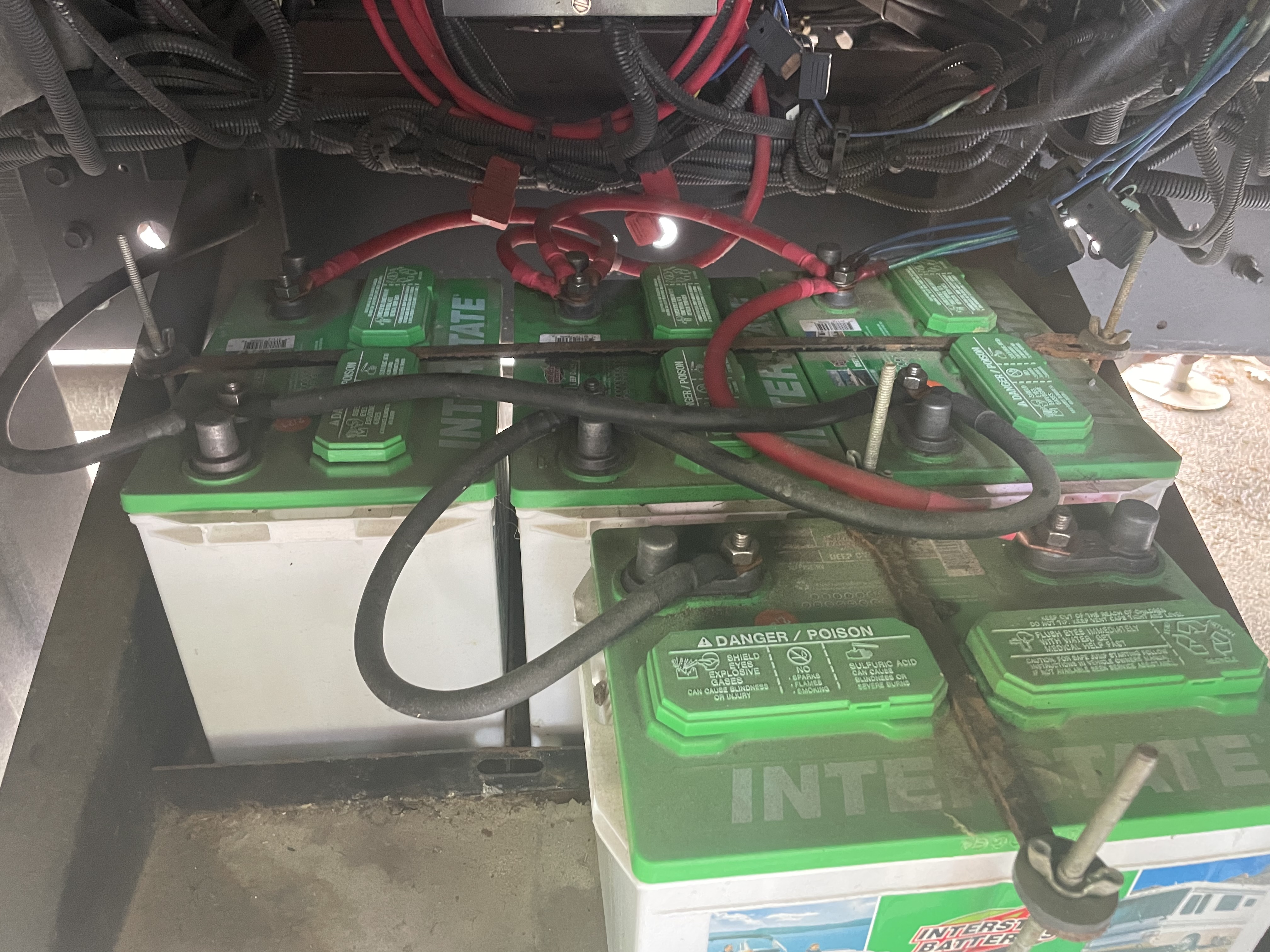I'm trying to install my BMV-712 on a 2016 Georgetown 364Ts. It has 4 12V house batteries. The coach already has a battery monitor installed. Attached is an image of the layout. I'm not sure where to make my connections? Do i need to remove the existing battery monitor first?
So far I've tried running the battery side of the shunt to battery 1. and I put the ground wire to the load side of the shunt. I also put the small red power cable to battery 3 but do not get power.
Any help on how to connect it would be appreciated!




